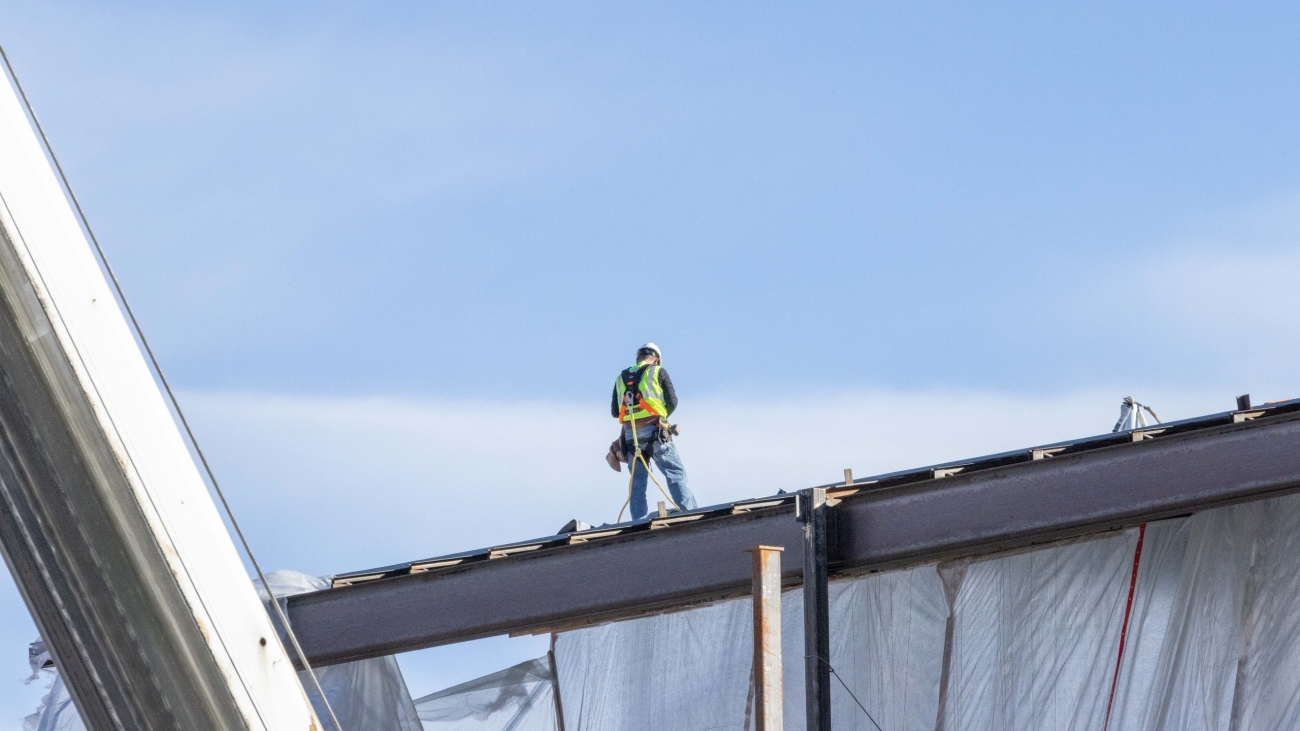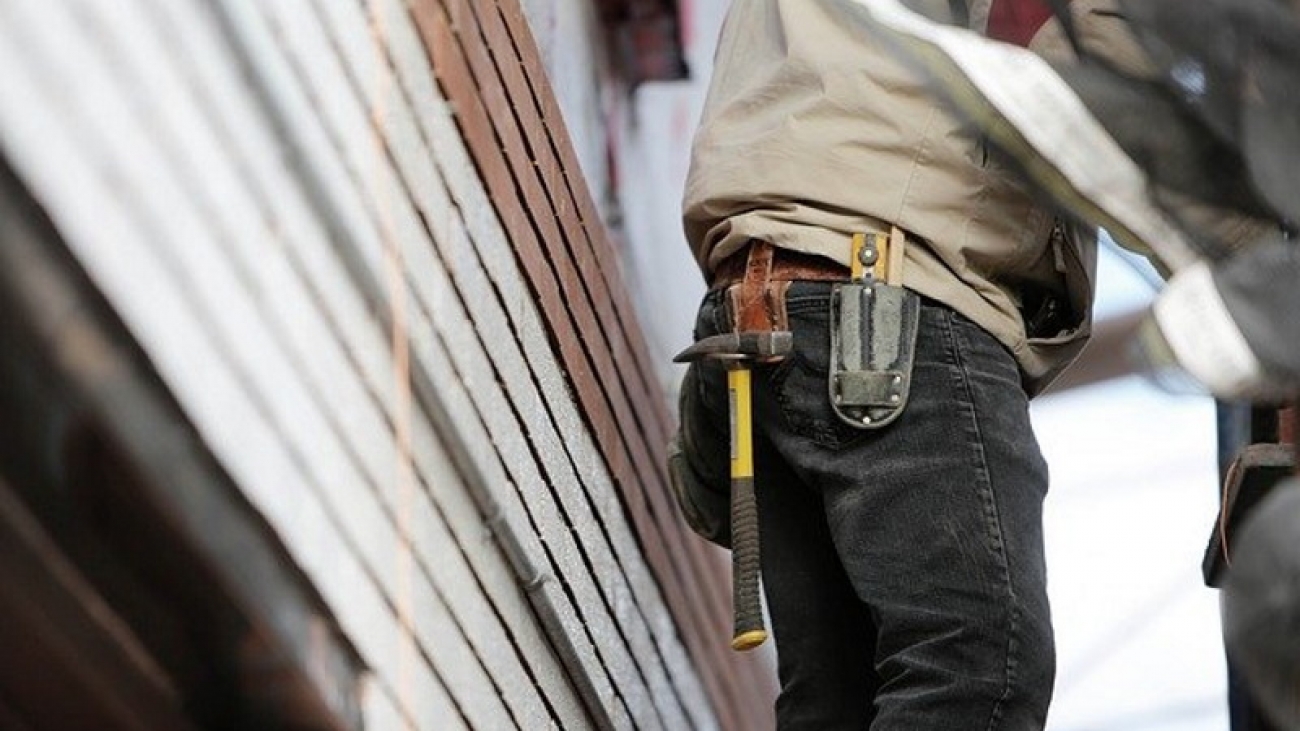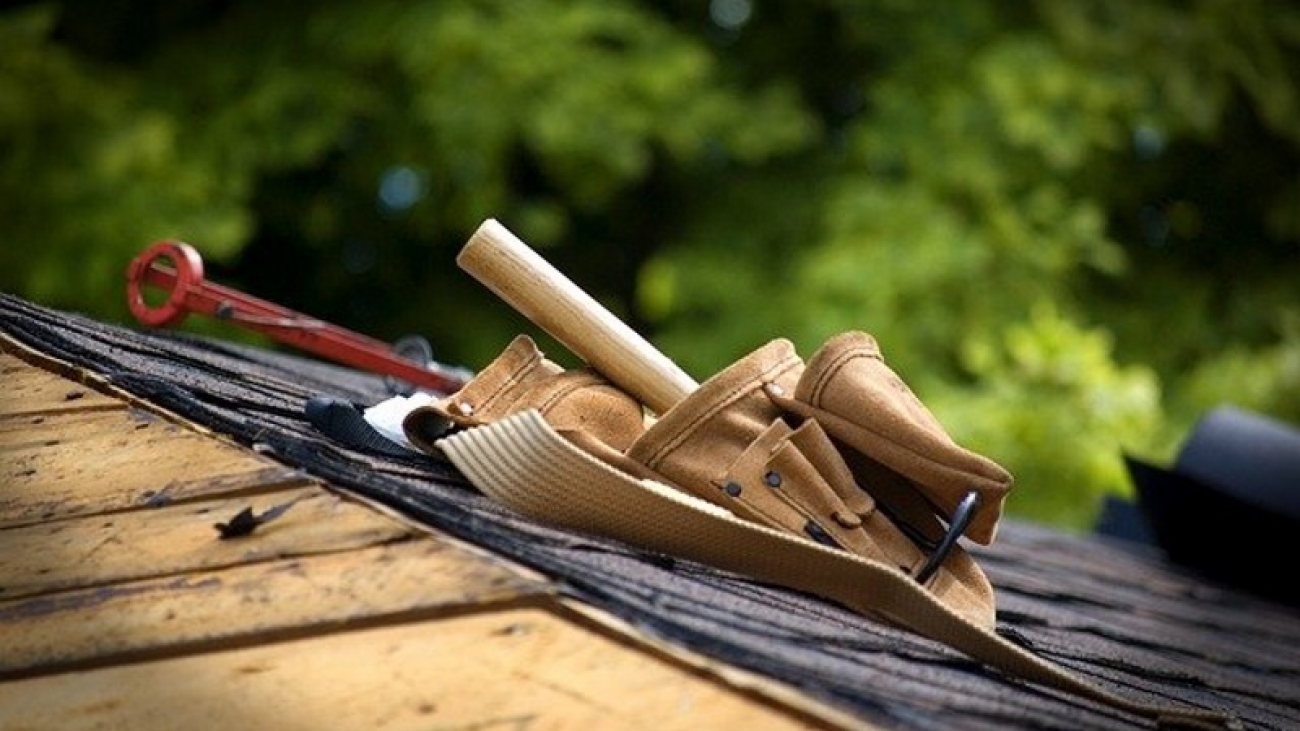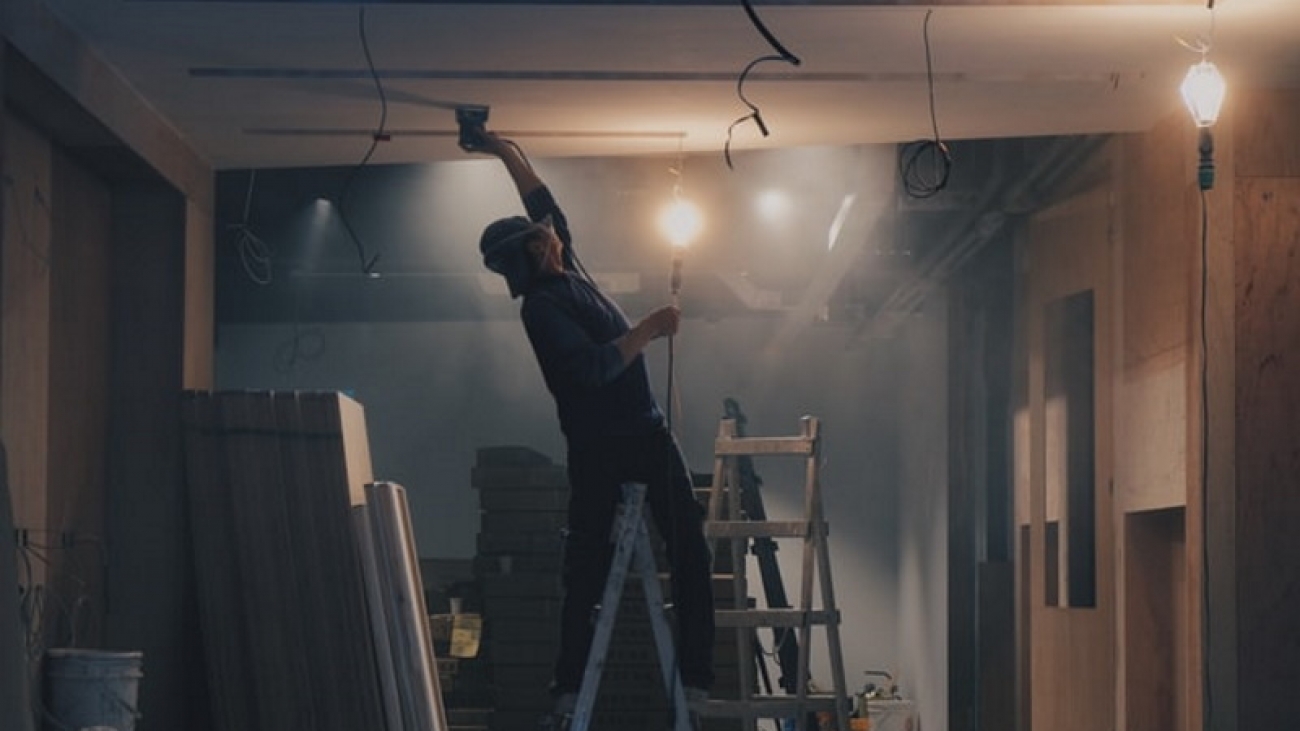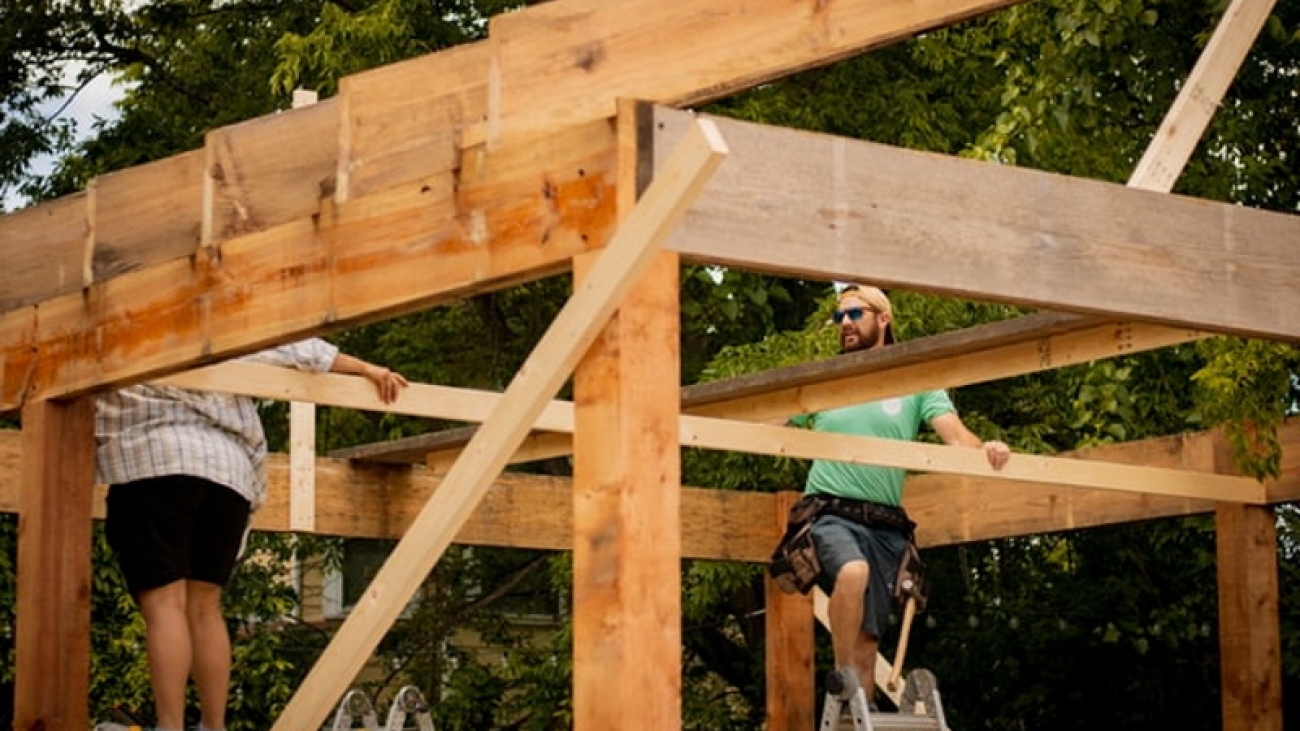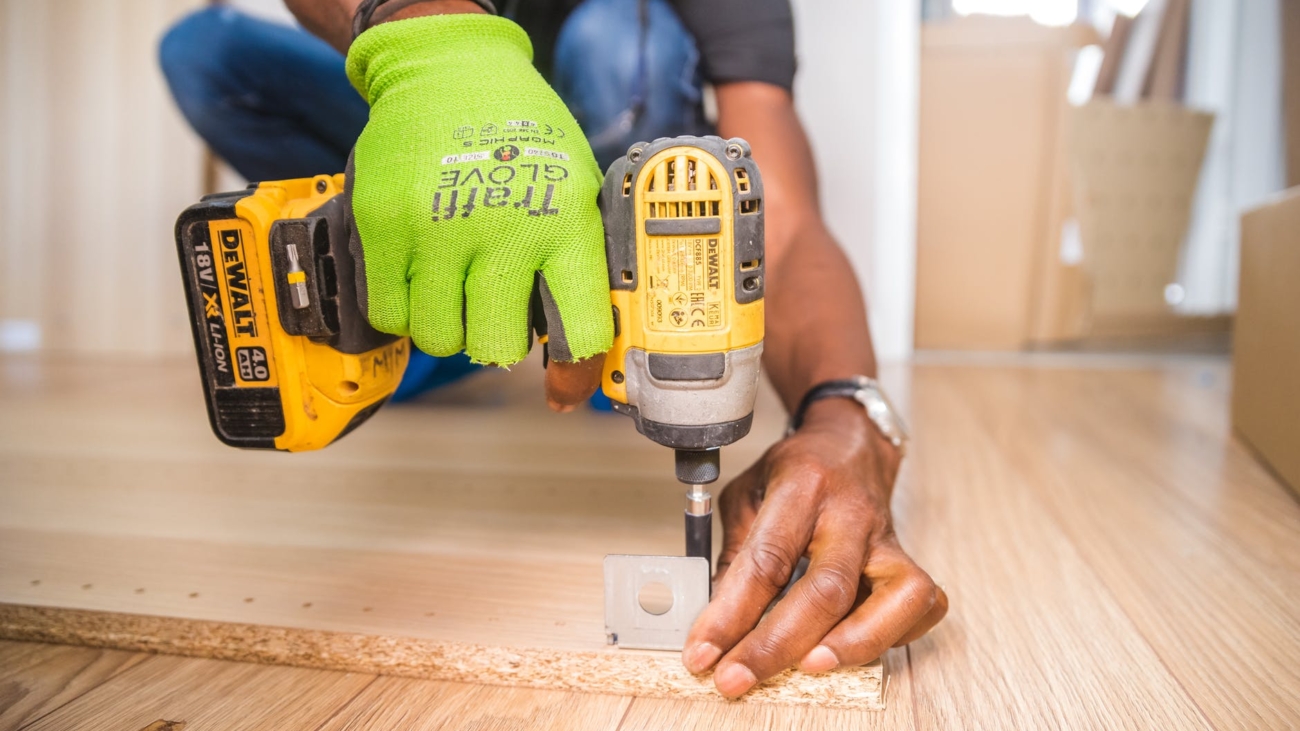Roofing Safety: Steps to Protect your Staff
Being a reputable roofing company doesn’t just mean you provide top-quality services, it also means you take steps to protect your staff. Before you can properly serve your clients, you must have safety measures and standards in place for your workforce. Here at Cambie Roofing, our family-owned and operated business takes the health and safety of our employees seriously which is why we are constantly looking for ways to improve. Our work is always done in accordance with the Roofing Contractors Association of British Columbia and our risk management is influenced by WorkSafe BC regulations. Being in business for more than half a century, we couldn’t have made it this far without prioritizing the safety of our staff. In this blog post, we are going to highlight the steps that roofing professionals must take in order to keep their staff protected.
Training and certification
Job safety is a primary focus at Cambie Roofing and it should be prioritized by all professional roofers in this industry. With this comes the opportunity for education, training and certification. Whether you’re searching for a reputable company to do business with or you have your own company, it is important that all employees carry certifications such as first aid, propane dispensing and safety, fall protection, mobile equipment operation and torch safety. Those who have worked for the company for longer should also go through regular re-certification processes as this ensures all employees carry the same up to date knowledge. Cambie Roofing follows in depth policies and procedures to ensure our staff, clients and the public remain safe and we are always looking for new educational opportunities offered by qualified instructors. Because roofing is a Red Seal Trade, we can offer apprenticeships to new employees!
Clear communication
Another important factor needed to protect your staff is clear communication. You can have a large team of certified roofers but without good communication you won’t succeed. No matter how big or small a project is, it is imperative to hold a safety meeting beforehand. This will ensure each team member knows exactly what their responsibilities are and it gives them a chance to prepare for any potential risks. Having a team that you can trust and rely on will come in handy when trying to establish clear communication with one another. You’re only as strong as your weakest link so make sure all of your employees are on the same page!
Consider the weather
Running a professional roofing company has its challenges but throwing Canadian weather into the mix makes it even more difficult. If extreme weather conditions are in the forecast such as heavy rain, lightning storms, high winds and blizzards, it’s best you don’t start or continue a roofing project until the weather improves. Working in harsh conditions is an extreme safety concern for your staff and everyone in close proximity to the job site. And while it might cause some customers to become impatient, you cannot risk your staff’s safety just to get a job done sooner. Get everyone back on schedule once mother nature says it’s okay to do so.
Audits and Inspections
Cambie Roofing is Certificate of Recognition compliant. This means that annual audits are carried out on our company’s safety program to ensure it is effective. In addition, safety reports and site visits are also carried out frequently by those in management roles. Our safety coordinator is continuously observing our work sites to ensure the safety measures we have laid out are strictly being followed. These are responsibilities that cannot be ignored if you are operating a reputable company.
Always use proper protective equipment
When it comes to protecting yourself on the job, you have to be equipped with all the right protective gear! This includes but is not limited to hard hats, non-slip boots, safety glasses, gloves, masks if necessary and clothing that isn’t too loose. These essentials could mean life or death if you’re faced with the unexpected. Roofing can be a dangerous job even if you’re properly trained which is why using protective equipment is a must.
Don’t overwork
For our last tip, we are going to highlight the importance of taking breaks! Roofing is a physically exhausting job which means your staff are going to burn out if they aren’t taking care of themselves. While you’re on a break, the next important thing to do is hydrate yourself. Water and regular rests are going to lessen workplace fatigue and stress – ultimately lowering the chance of a workplace incident.
Conclusion
Cambie Roofing has been in business for more than 75 years. That wouldn’t have been possible if we hadn’t prioritized the safety, wellbeing and overall happiness of our staff. The steps to protect your staff which we have laid out in this blog post are some of the main reasons we’ve been so successful. These are also things you should look for when considering who to hire for your next roofing project. Because aside from being comfortable on a ladder, the experts at Cambie Roofing carry the highest standards when it comes to their work and prioritizing safety.

